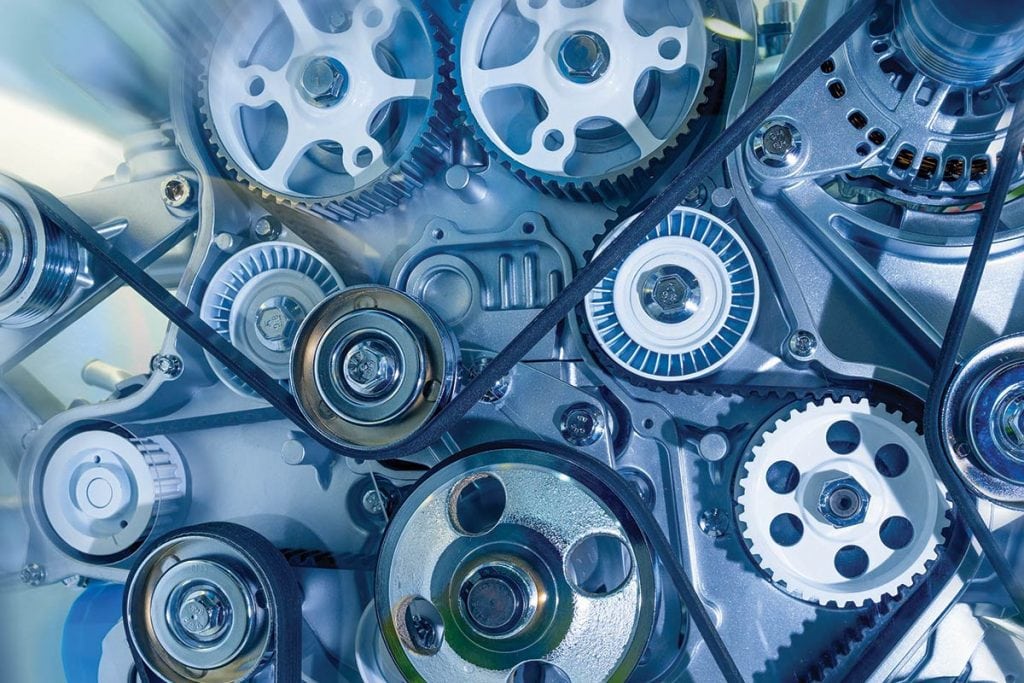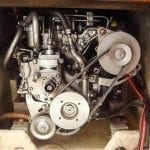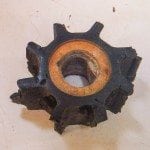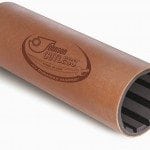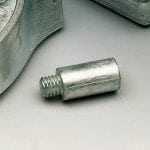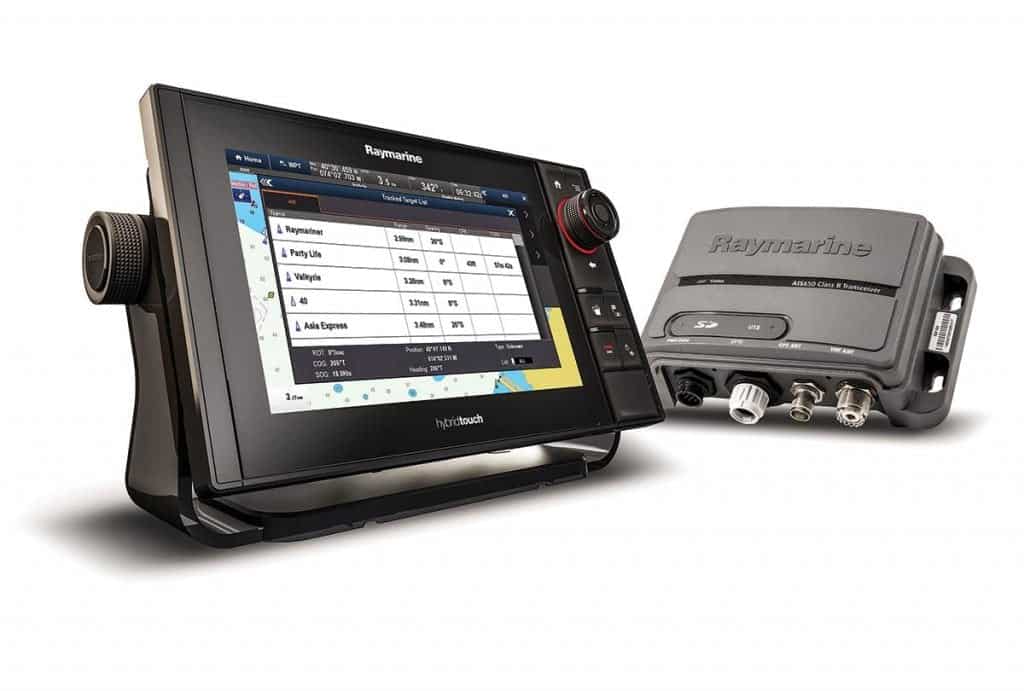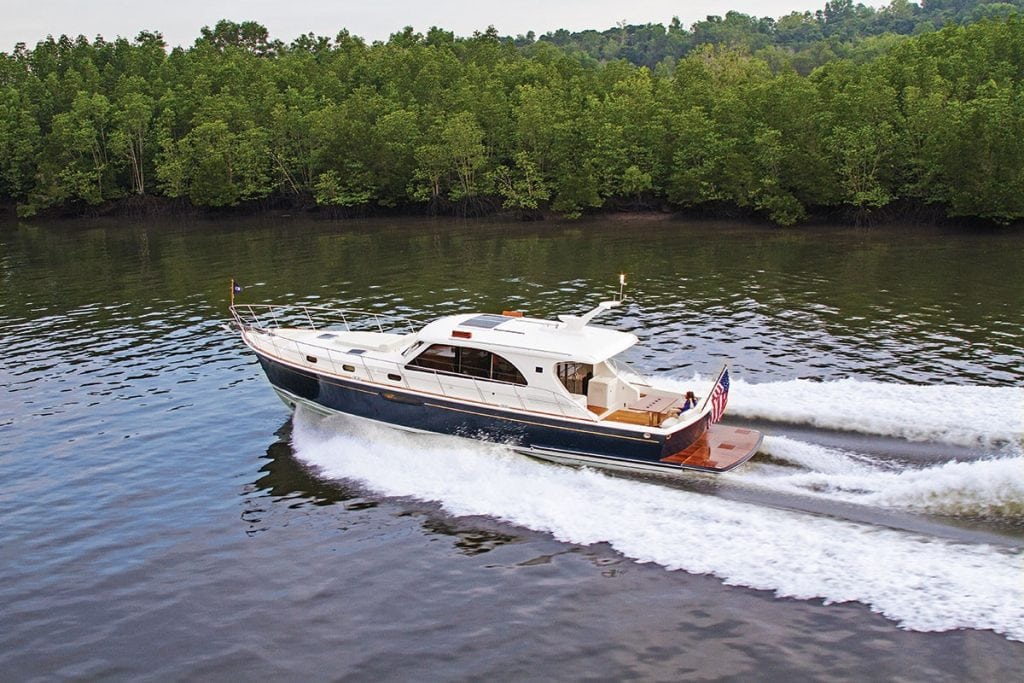Fix Engine Issues
I heard it first. Accustomed to the sound my diesel engines make when running properly, I could tell that something was not right.
Once I shut down the starboard engine, I discovered a partially clogged primary filter. A quick element change and I was on my way.
A lot happens the moment you key the ignition. From the initial surge of electrical energy that gets things going until you shut down, a multitude of connections, gaskets, belts, pumps, pistons, switches, and many more parts are put into play in order to get your boat going.
Listen
First—listen. Know what it all sounds like when your engines operate at the proper parameters and are working the way they should be. If you become aware of a raspy or rough noise, a bad bearing just may be the cause. Have it checked and make sure the belt is at the proper tension. Take into consideration the appropriate coolant and manifold temperatures, oil pressure, rpm, exhaust water flow, the color of smoke, the percentage of load, and other factors critical to proper performance and safety.
With that in mind, let’s survey several often unnoticed maintenance items that can keep you dock-bound and if left unchecked, could possibly have you experiencing sticker shock when you get the service bill.
Keep a readily accessible maintenance log that not only lists your oil and filter changes but also any notes about your regular inspection regimen whenever you set out from the dock.
Some of the most noticeable items you can check are your belts. It’s quite easy to do a simple visual inspection and run a finger along the inside to make sure the belt is free of nicks, gouges, missing teeth, or has too much “give” when depressed. If you notice any of these, swap them out immediately. And as with many maintenance items, always carry spares.
Zincs
Your engine zincs, known as pencil zincs, present another easy to access component. With your heat exchanger usually made of a copper alloy, protection from dreaded galvanic corrosion is necessary. These sacrificial anodes are held in place by a brass bolt plug, whose top is sometimes painted a bright color and easily unscrewed for inspection. Examine them regularly and should you find half the zinc gone, it’s time for a replacement. Check your cooling water jacket zincs as well.
While your boat is underway, seawater lubricates the spinning prop shaft inside the shaft log or through a strut and is held there by the Cutless bearing. One of the best-known manufacturers of these items is Duramax Marine, who also owns the registered trademark Cutless, for these parts. The inner structure—with its fluted design to allow for water flow and to clear any debris—is made of nitrile, a hard, durable, rubber material, which is in turn covered by a Naval brass sleeve or a non-metallic, composite material. If you notice any vibration or a flat, muffled (or reverberating) sound while underway, this can be a strong indication something is amiss.
As this area needs to be checked with the boat out of the water, it’s always best to do it during your seasonal launching. Your service manager will use a feeler gauge or dial indicator to check the bearing clearance to the shaft. He will also try and move the shaft up and down and from side to side to check for wear.
Mounts
Although they have a very long life expectancy, take a look at the mounts on your main engine or engines as well as those on any other machinery you may have such as watermakers, generators or air conditioning systems. The rubber part of the mount not only acts as a sound and vibration damper but also, as in the case of your mains, is crucial to keep things in alignment. If they appear to be sitting too low, the rubber material may be compromised and will need to be replaced.
Should this be the case, have your marina manager take a look to confirm your suspicions. Keep in mind that as tempting as it may be to even the most skilled and experienced tinkerers, this is not a do-it-yourself project. It’s always best to check with your engine manufacturer to get their recommendations.
Always include a visual inspection of all critical hoses and clamps for any sign of deterioration, corrosion or leaks, and replace immediately. Inspect all places a gasket is used and look for any seepage, dripping or weeping. Inspect all the critical maintenance areas before setting out. This will not only give you peace of mind while underway but can prevent costly repairs in the future.
— By Ken Kreisler, Southern Boating January 2016


